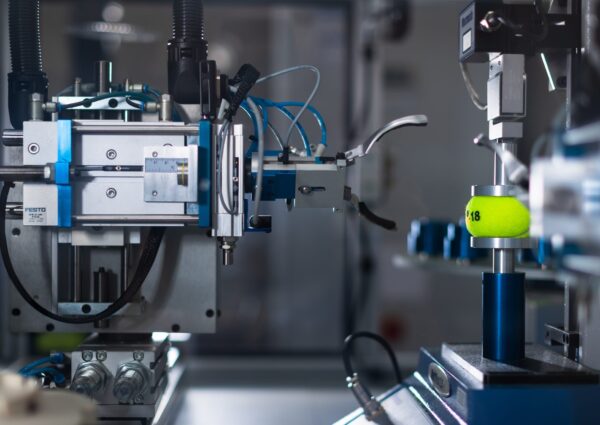How to Make Your First Robot Integration a Success
This article originally appeared on Manufacturing.net. Guest blog post by Matt Minner, the Senior Consultant for Technical Services at Catalyst Connection, part of the MEP National NetworkTM.
Across the United States, small and medium-sized manufacturers (SMMs) are contemplating integrating industrial robots into their facilities. There is a growing awareness that increasingly flexible and affordable robotics systems can help existing workers in a variety of different ways, taking on repetitive tasks and freeing up staff for higher level work and increasing productivity overall.
To serve this growing need, dozens of robotics systems integrators have come online and promise complete packages to guide manufacturers from initial assessment to fully realized industrial automation. But deferring to these experts can feel a little imposing to manufacturers who rely on established processes they’ve developed internally.
So how does a manufacturer contemplating a first robot integration project participate fully so that the project is a success on their terms? Here are four suggestions to guide you during the process.
1. Be honest about the level of support you need.
You may have in-house robotics expertise or want to use your first robot integration project as an opportunity to learn. This is a good idea but don’t forget to consider how much time it will take. While every small manufacturer is different, one thing is universal across the sector: Everyone is always strapped for bandwidth. Even if you have all the capabilities required to implement your own robotics cell, if you don’t have the time to dedicate to the project, it won’t be successful and could delay your ability to recoup your ROI. In which case, using a reputable systems integrator may be the best way to go.
2. Empower your existing experts.
Your existing processes work — and they work well because you have good people who own and administer them. Ensure these individuals are directly engaged with the implementation project so the new, automated process can build on the success of the current process, while improving on deficient areas. Small details like occasional process inconsistencies can throw a big wrench in an automation project. The team members in charge of the manual process will be able to help head those issues off at the pass.
3. Identify a robotics champion at your company.
In a way, the work really starts after a robot implementation is complete — i.e., when your team starts to work with the new equipment. To ensure rapid ROI and ongoing success, identify an in-house champion who will work alongside the implementation team and learn the system. Make sure, too, that this person has real cross-departmental authority and can broker engineering and production cooperation, which will be critical to success.
4. Keep it simple.
Introducing a robot or robots into your facility is a big change. There are lots of variables to any project of any scale — e.g., appropriately converting a manual cell, training key personnel, and minimizing the impact on production. Start your robot implementation simply and take that principle to heart as you begin to evolve how you use robots in your facility.
Want more tips for first-time users on how to handle industrial robots? Download the “Manufacturer’s Guide to Robotics” from MEP National Network representative Catalyst Connection (part of Pennsylvania MEP), which helps SMMs navigate technological transformation.





